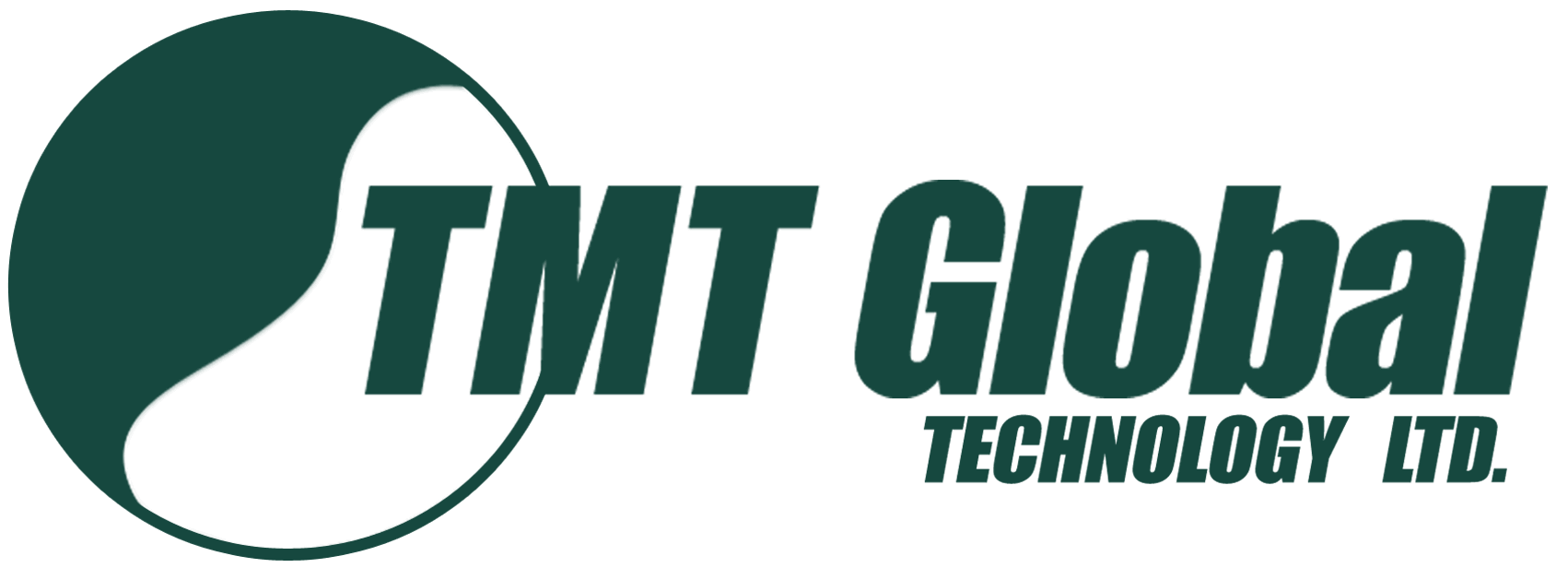Exploring Fiber Optic Splitters: Innovative Solutions by TMT Global Technology Ltd
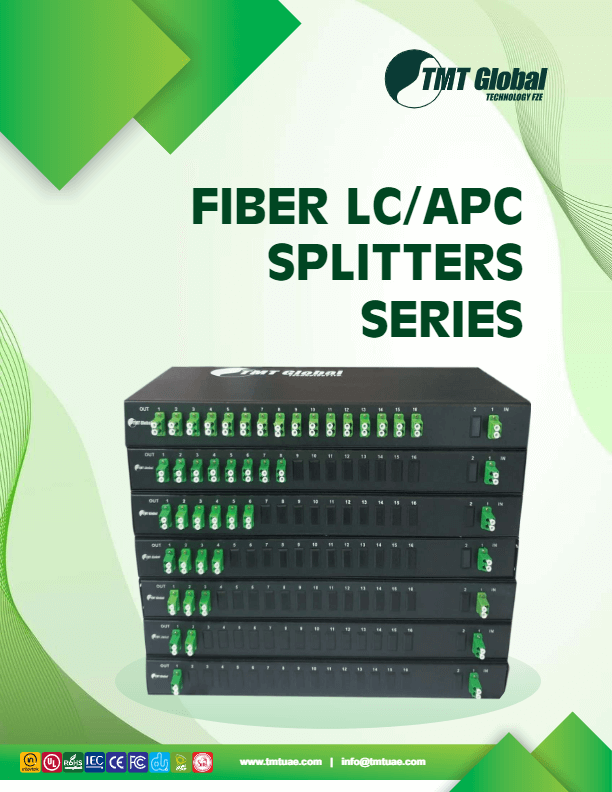
Introduction to Fiber Optic Technology
Fiber optic technology has revolutionized the way we transmit data, playing a critical role in modern communication systems. At its core, fiber optics utilizes strands of glass or plastic, known as fibers, to carry light signals over long distances. This method of data transmission significantly enhances speed and bandwidth compared to traditional copper cables, which rely on electrical signals. With the rapid expansion of the internet and the increasing demand for high-speed data services, the importance of fiber optic technology is undeniable.Fiber Optic Splitters
The fundamental mechanism of fiber optics involves the principle of total internal reflection. When light is injected into a fiber, it travels through the core, bouncing off the inner walls and maintaining its path even in bends and curves. This allows fiber optic cables to transmit data at incredible speeds, often reaching rates of several terabits per second. As a result, information can be conveyed over vast distances without degradation or loss, making fiber optics an ideal choice for telecommunications, television, and internet services.
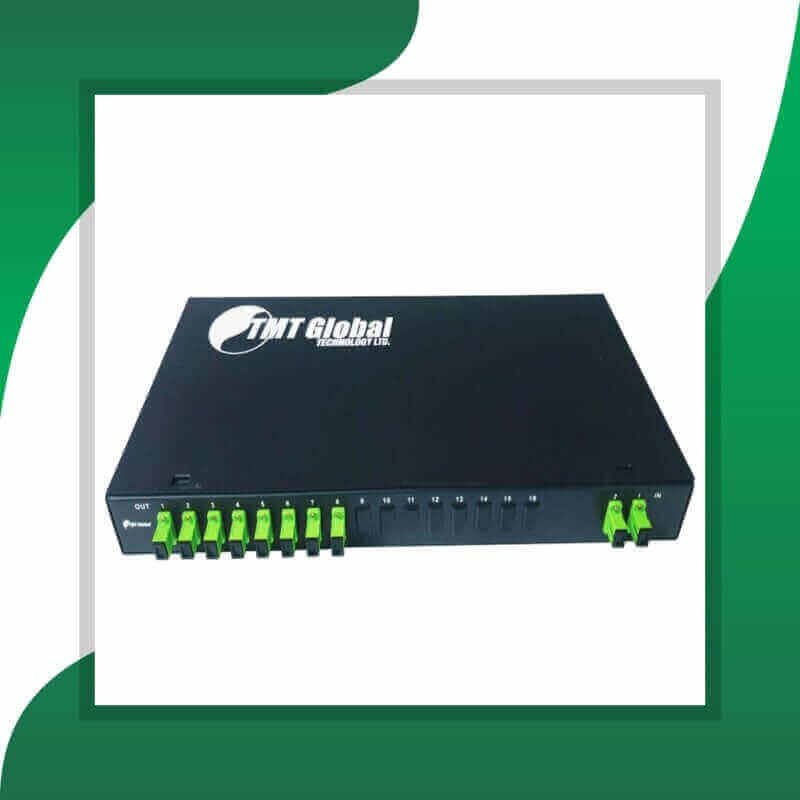
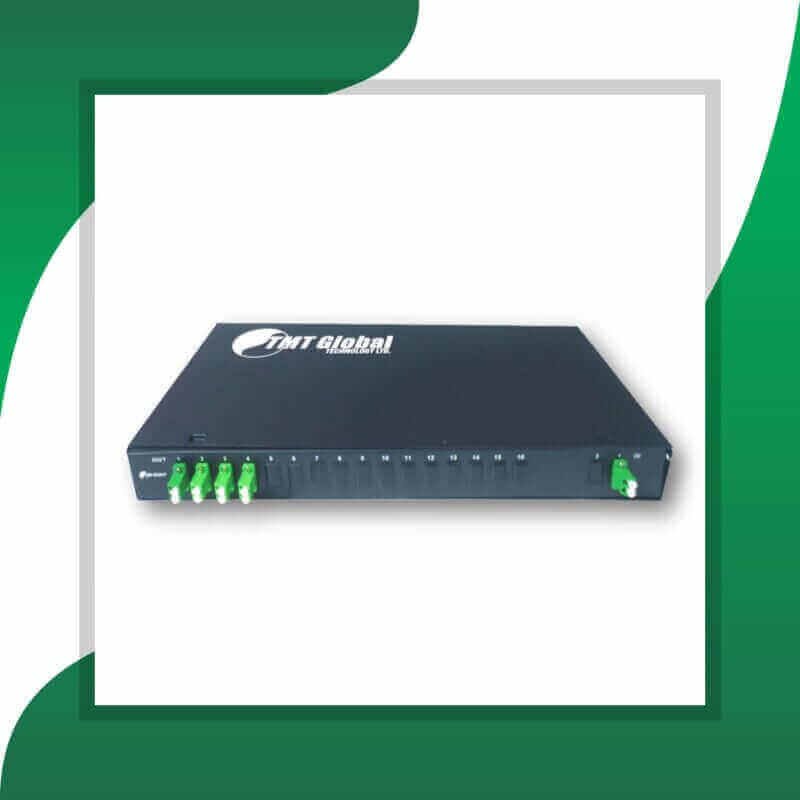
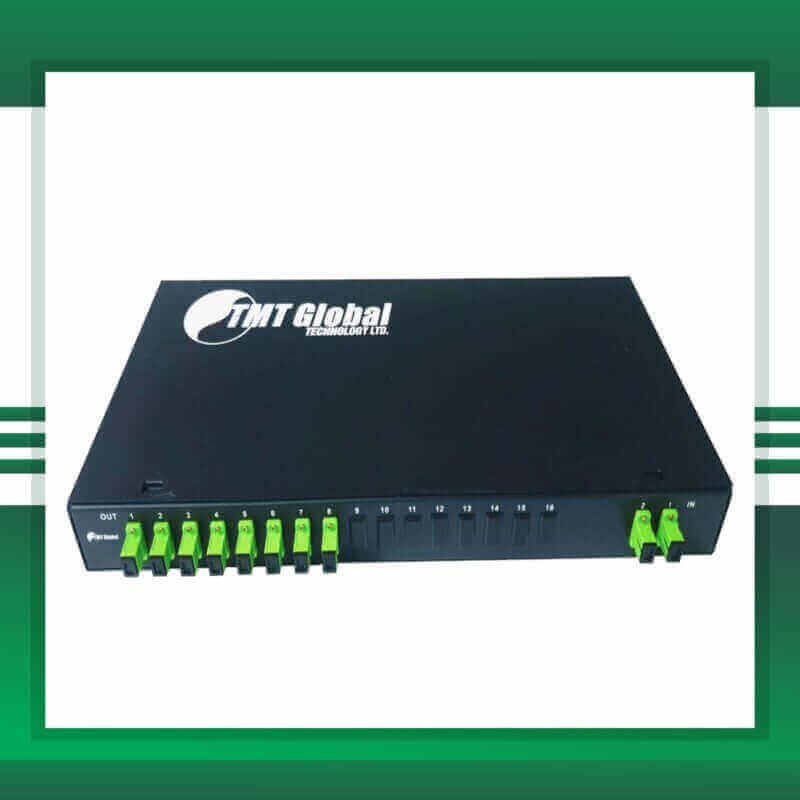
One of the primary advantages of fiber optic technology is its superior performance in terms of bandwidth. Unlike copper cables, which have limited capacity, fiber optics can support significantly higher data rates, facilitating seamless high-definition video streaming, online gaming, and cloud computing. Additionally, fiber optics are less susceptible to electromagnetic interference, ensuring a more reliable connection compared to their copper counterparts. Furthermore, the lightweight and thin design of fiber optic cables simplifies installation and reduces material costs.
As the demand for faster internet and more reliable communication systems continues to grow, fiber optic technology is poised to become even more crucial in our interconnected world. This introduction provides a foundation for understanding the following discussions on fiber optic splitters and their various applications in enhancing communication networks.
What are Fiber Optic Splitters?
Fiber optic splitters are integral components in fiber optic networks, designed to facilitate the distribution of optical signals from one or more input fibers to multiple output fibers. This procedure is essential for efficient data transmission, especially in systems requiring widespread signal distribution, such as telecommunications and broadband networks. By using fiber optic splitters, service providers can effectively allocate optical power among various paths, thus ensuring that each connected device receives the appropriate signal strength without undue loss.
The operation of fiber optic splitters fundamentally hinges on the principles of light transmission. As a signal travels through the primary input fiber, the splitter intercepts the light and redistributes it to several output fibers. This split can occur in various configurations, including the classic 1×2, 1×4, 1×8, and even larger ratios like 1×32. Each configuration indicates the number of output fibers emanating from a single input, optimizing the network’s capability to serve multiple endpoints simultaneously.
Moreover, fiber optic splitters are available in two primary types: active and passive. Passive splitters function without the need for power, relying solely on the optical properties of the materials used. They tend to be simpler and typically cheaper. In contrast, active splitters incorporate electronic components to amplify the split signal, compensating for potential losses that occur during distribution. This distinction allows network designers to choose the appropriate type based on their specific deployment needs, including distance, signal quality, and cost considerations.
Ultimately, the adaptability of fiber optic splitters, coupled with their ability to enhance data distribution in fiber optic networks, underscores their importance in modern communication infrastructures, ensuring robust and effective connectivity solutions.
Types of Fiber Optic Splitters
Fiber optic splitters are essential components in optical communication networks, allowing one optical signal to be split into multiple signals. There are three primary types of fiber optic splitters: passive splitters, active splitters, and Wavelength Division Multiplexing (WDM) splitters, each serving distinct functions and applications.
Passive splitters are the most common type found in fiber optic networks. They operate without any external power source, utilizing optical power splitters to divide the incoming signal evenly among several output fibers. This type of splitter is favored for its simplicity, reliability, and low cost, making it an ideal choice for Passive Optical Networks (PON). Common configurations include 1×2, 1×4, and 1×8 splitters, allowing for different branching ratios to meet various network requirements.
On the other hand, active splitters differ by incorporating electronic components that amplify the incoming signal before distributing it to multiple outputs. This feature makes them particularly useful in scenarios where signal attenuation could pose a problem, such as in long-distance or high-density networks. Although they are generally more expensive than passive models, their ability to enhance signal strength justifies the cost in demanding applications.
Wavelength Division Multiplexing (WDM) splitters are specialized devices that utilize different wavelengths of light to carry multiple signals simultaneously. By splitting light according to its wavelength, these splitters maximize the capacity of existing fiber infrastructure without requiring additional fiber lines. This innovation provides great efficiency and scalability for modern communication systems, particularly in telecommunications where bandwidth demand is high.
Understanding the different types of fiber optic splitters and their distinct advantages can greatly aid users in making informed decisions for their specific applications.
Key Features of TMT Global Technology Ltd Fiber Optic Splitters
TMT Global Technology Ltd stands at the forefront of the fiber optic industry, offering cutting-edge fiber optic splitters that exemplify innovation and quality. One of the standout features of these optical devices is their unparalleled design, which ensures optimal signal distribution and minimal loss, making them ideal for various applications in telecommunications and data networks.
The fiber optic splitters from TMT utilize advanced manufacturing techniques coupled with proprietary technologies that enhance their performance metrics. These splitters are engineered to provide precise splitting ratios, allowing for the efficient distribution of signals among multiple outputs. TMT employs high-quality materials that are rigorously tested to ensure durability, which contributes to the long lifespan of their products. This not only assures clients of consistent performance over time but also reduces the frequency of replacements, leading to cost savings.
Another significant feature is the impressive reliability of TMT fiber optic splitters. Each unit undergoes extensive quality control checks throughout the production process, ensuring that it meets the highest industry standards. This meticulous attention to detail results in low insertion loss and high return loss, critical factors for maintaining strong and clear signals in high-demand environments. Furthermore, the splitters are designed to withstand harsh conditions, featuring robust casing that protects against environmental factors, thus ensuring continued functionality.
Incorporating these sophisticated features, TMT Global Technology Ltd fiber optic splitters not only meet but exceed customer expectations, establishing a benchmark in the market. The company’s commitment to innovation is evident in every product, reinforcing its reputation as a trusted leader in optical communication solutions.
Applications of Fiber Optic Splitters
Fiber optic splitters play a crucial role in numerous applications across various industries, serving as integral components for high-speed data transmission and effective network management. In the telecommunications sector, these devices enable the distribution of optical signals from a single fiber into multiple outputs, thus enhancing the efficiency and reach of broadband networks. The ability to split the light signal without causing significant loss ensures that data can be transmitted over long distances without compromising quality. This quality makes fiber optic splitters indispensable components in both urban and rural deployment of telecommunication infrastructure.
In data centers, the need for robust and efficient data management cannot be overstated. Fiber optic splitters facilitate the distribution of connections throughout the facility, enabling high-performance computing and data processing capabilities. By utilizing passive optical network (PON) technology, businesses can optimize the routing of data, improve load balancing, and ensure seamless connectivity among multiple servers. This is particularly essential in an age where data demand is at an all-time high, necessitating reliable and fast data transmission systems.
Furthermore, residential applications of fiber optic splitters are gaining traction as more households adopt fiber-based internet systems. With the rising demand for bandwidth due to streaming services, online gaming, and smart home technologies, fiber optic splitters allow internet service providers to efficiently connect multiple residences to a single fiber line. This setup not only helps in reducing infrastructure costs but also plays a vital role in scaling internet services to more users without degrading performance.
Overall, fiber optic splitters are versatile components that enhance the efficiency and effectiveness of data transmission across various sectors, making them indispensable in today’s fast-paced digital landscape.
Advantages of Choosing TMT Global Technology Ltd
When it comes to fiber optic splitters, selecting TMT Global Technology Ltd as a vendor can yield numerous benefits for businesses and organizations. One of the primary advantages is their exceptional customer support. TMT Global Technology Ltd prides itself on providing accessible and responsive assistance to its clients. Their dedicated support team is available to address inquiries, troubleshoot issues, and guide customers through the installation and maintenance of their fiber optic solutions. This level of commitment ensures that businesses can operate efficiently with minimal downtime.
Another significant advantage of choosing TMT Global Technology Ltd is the robust product warranty offered on their fiber optic splitters. This warranty reflects the company’s confidence in the quality and durability of their products. Customers can be assured that they are investing in reliable solutions backed by a comprehensive warranty, minimizing risks associated with potential product malfunctions. Such assurance contributes to a positive overall experience and satisfaction among clients.
Competitive pricing is also a compelling reason to consider TMT Global Technology Ltd for fiber optic splitters. The company strives to offer cost-effective solutions without sacrificing quality or performance. By maintaining competitive pricing, TMT Global Technology Ltd enables businesses to obtain high-quality products that align with their budgetary constraints. This commitment to affordability makes it an attractive choice for organizations seeking value-oriented options in a competitive marketplace.
Moreover, TMT Global Technology Ltd recognizes that each customer may have unique requirements. Therefore, they offer extensive customization options tailored to individual needs. By providing adaptable solutions, the company allows clients to design fiber optic splitters that align with their specific applications and operational challenges. This flexibility ensures that customers receive products that precisely fit their requirements, enhancing overall satisfaction and functionality.
Installation and Maintenance of Fiber Optic Splitters
When it comes to the installation of fiber optic splitters, a few best practices can significantly improve performance and longevity. First, it is crucial to select the appropriate environment for installation. Fiber optic splitters should be placed in locations with minimal exposure to moisture, dust, and extreme temperature fluctuations, as these factors can negatively impact their functionality. Additionally, the use of sturdy and reliable enclosures is advised to protect the splitters from physical damage during their operation.
Before commencing installation, proper planning is essential. This includes identifying the required number of outputs and determining the most efficient routing for cables to minimize bends and kinks. Utilizing the right tools, such as fusion splicers and optical power meters, is vital for ensuring a successful connection among fibers. During installation, maintaining the required connector cleanliness is paramount; using lint-free wipes and isopropyl alcohol can help prevent dust contamination.
Challenges may arise during the installation of fiber optic splitters, including issues such as attenuation loss or incorrect alignment. It is advisable to conduct thorough testing of the connections using optical power meters to promptly identify and rectify any losses. Regular maintenance is equally critical for ensuring the performance of fiber optic splitters. This includes routine inspections for physical damage, checking connectors for cleanliness, and monitoring system performance to catch potential problems early.
Keeping a maintenance schedule that includes cleaning procedures and inspections can effectively extend the life of fiber optic splitters. By applying these best practices during both the installation and maintenance phases, users can maximize the advantages of fiber optics technology while minimizing disruptions in services.
Future Trends in Fiber Optic Technology
The fiber optic industry is poised for transformative growth in the coming years, propelled by continual advancements in technology and increased demand for high-speed connectivity. One significant trend in this domain is the ongoing miniaturization of fiber optic splitters, which allows for the development of smaller, more efficient devices that can easily be integrated into existing network infrastructure. This trend not only contributes to space-saving solutions but also supports enhanced performance in data transmission.
Moreover, improvements in signal quality represent another vital advancement. Researchers and engineers are focusing on innovations that reduce signal loss and enhance the overall integrity of data being transmitted through fiber optics. These advancements are particularly critical as businesses and consumers demand higher bandwidth and more reliable internet connections. Enhanced signal performance can lead to a more seamless online experience, vital in applications ranging from telecommunication to cloud computing and streaming services.
Additionally, the rise of smart technology integrations is shaping the future of fiber optic systems. The implementation of smart splitters, which utilize artificial intelligence and machine learning, is on the rise. These technologies have the potential to monitor network performance in real-time, optimize data routing, and adjust settings automatically to address issues as they arise. This shift towards smarter solutions can enhance operational efficiency for businesses while providing consumers with faster and more reliable services.
The integration of sustainable practices into fiber optic technology is also an emerging trend. Companies are increasingly aware of the environmental implications of their production processes and are seeking ways to minimize waste and energy consumption. These efforts align with global initiatives aimed at promoting sustainability in technology sectors, making it not just a trend but a crucial commitment for the future.
As the fiber optic landscape continues to evolve, stakeholders across various industries will need to stay informed about these trends to adapt effectively and leverage new opportunities that arise.
Conclusion
Throughout this exploration of fiber optic splitters, we have underscored the pivotal role these devices play in modern telecommunications. As networks continue to evolve in complexity and demand, fiber optic splitters have emerged as essential tools facilitating the efficient distribution of optical signals. TMT Global Technology Ltd stands out in this arena, providing innovative solutions that cater to various operational needs within diverse market segments. Their commitment to quality and performance ensures that users can achieve the highest levels of connectivity and efficiency in their network infrastructure.
In particular, the advancements offered by TMT Global Technology Ltd in fiber optic technology significantly contribute to improved data transmission capabilities. By enabling multiple signal pathways from a single fiber, these splitters enhance the versatility of network design. This not only minimizes infrastructure costs but also optimizes overall network performance, making it a savvy choice for businesses aiming to meet the increasing demands for speed and reliability in data communication.
Furthermore, the adaptability of these fiber optic splitters positions them as a favorable option for a range of applications, from telecommunications to data centers. Their capacity to efficiently handle large volumes of information supports the growing trends in digitalization and cloud services, illustrating how integral they are in the larger context of technology advancement.
In conclusion, as organizations strive to keep pace with the rapid developments in digital communication technology, the adoption of sophisticated solutions such as those offered by TMT Global Technology Ltd is paramount. By integrating these innovative fiber optic splitters into their infrastructure, businesses can not only enhance their operational capabilities but also lay a solid foundation for future growth and connectivity demands.
